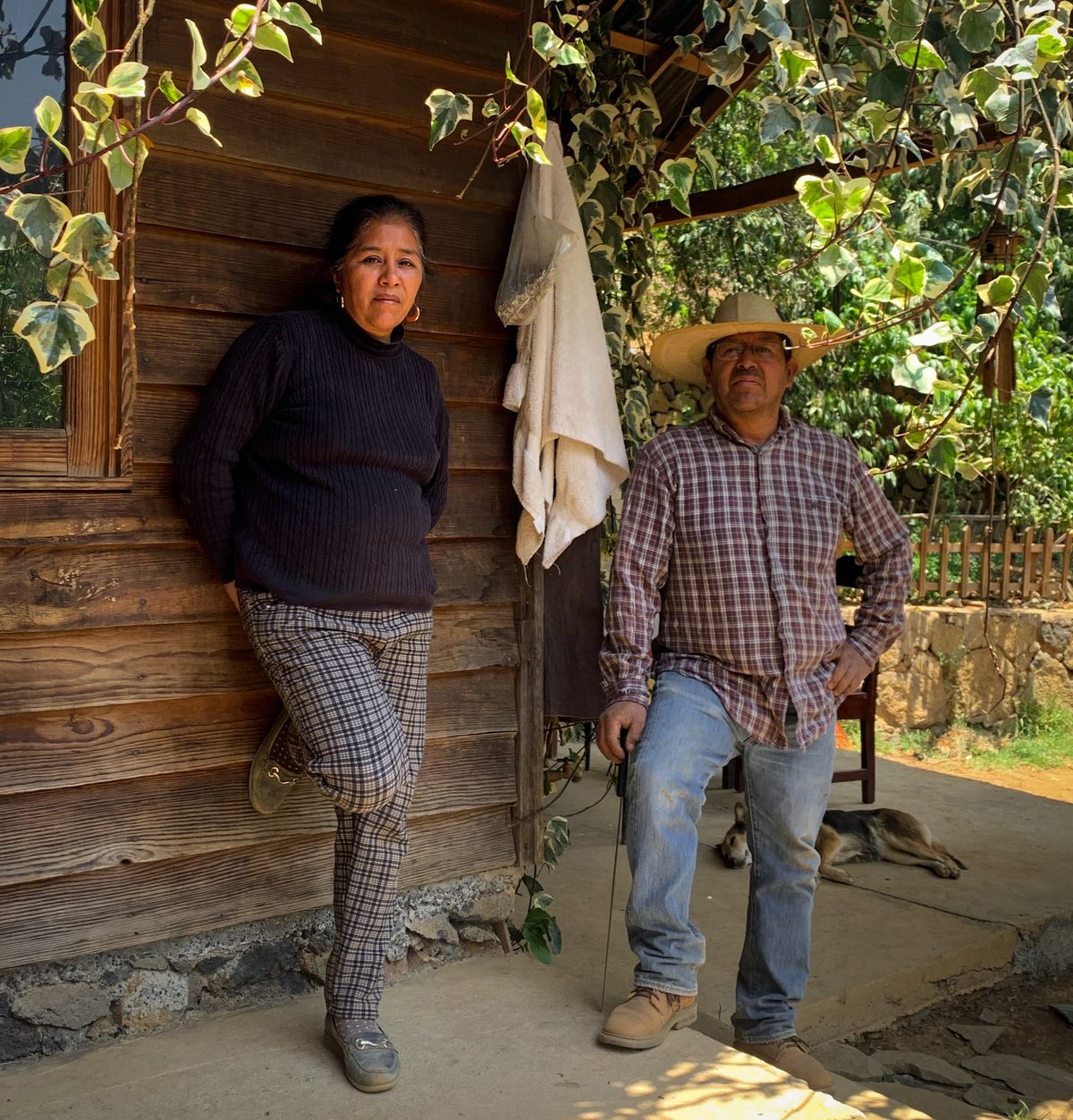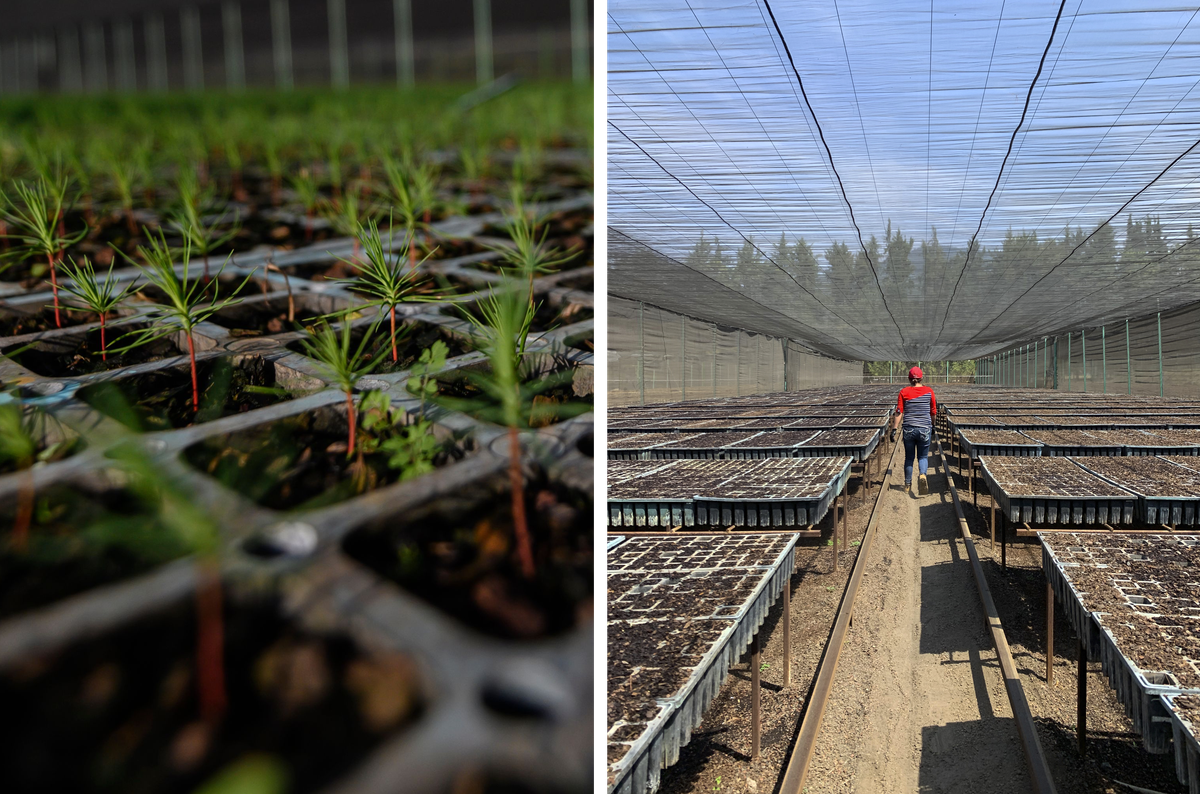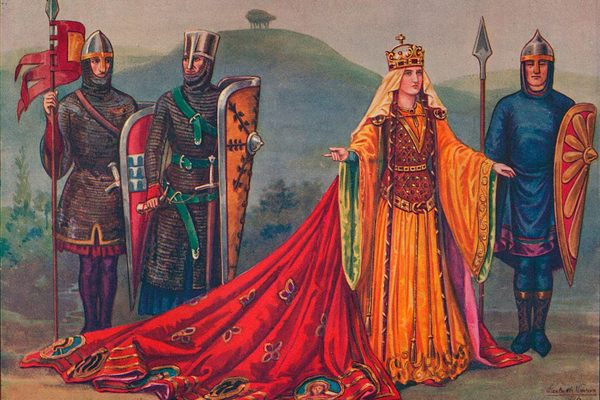
How a Rebellion Planted Seeds of Revival in Rural Mexico
In 2011, the women of Cherán led a revolt against illegal logging and corruption. Today, the forests are coming back, and the Indigenous community is returning to its roots.
“These hills were on fire,” says Adelaida Cucué Rivera, remembering a dark time, years earlier, for the quiet mountain community where she lives. “If you looked out at these hills, you would not see trees. The forest was demolished,” she adds, gesturing toward what is once again a dense woodland of pine. Fiftysomething Rivera has warm eyes and a presence as calm as it is commanding. From her porch, she looks out onto the lush highlands of Cherán, an indigenous Purépecha community of about 24,000 people, a few hours west of Mexico City. The story of Cherán is one of a paradise lost but then regained, thanks to the determination of a small group of women who picked a fight with powerful cartels—and won. The event is one chapter in the ongoing story of Cherán’s strong women standing up for their community.
Today, visitors entering Cherán must pass through a security checkpoint staffed by rifle-toting men wearing fatigues. The guards are not members of the Mexican military or police force, however. They are the ronda comunitaria, and were chosen by the local people to protect their town from crime. For a decade, Cherán has been a self-governing, self-policing municipality, legally recognized by the Constitution of Mexico, which allows Indigenous communities their autonomy. Some 15 years ago, however, things were very different for Cherán and its people.

Sitting at more than 7,000 feet above sea level, the rural town and its surroundings enjoy a cooler alpine climate, with sunny days and rainy summers that yield bountiful local crops. At the end of the 20th century, the area’s lush pine forests began attracting the interest of illegal logging cartels, and soon Cherán was overrun with criminal activity. Regional corruption allowed massive deforestation to go unchecked. Over the course of a decade, illegal loggers cleared 50,000 acres of forest. Up to 200 trucks hauling mounds of felled trees trundled along Cherán’s roads each day.
“We began to feel a strong change in temperature, a heat,” says Rivera. The loggers had cleared so much forest that their climate was changing. Shaded areas were wiped out, she says, and rain was replaced with dust. The loggers cut down a beloved tree beside the community’s ojo de agua, or sacred spring, believed by the elders to maintain the equilibrium of the entire ecosystem. There seemed to be no end to the cartel’s greed. Rivera remembers how four women, all close friends, took matters into their own hands. Quietly, they began to plan a rebellion.
Before dawn on April 15, 2011, as loggers arrived to begin the day’s destructive work, the women took them hostage, locking them in the church and then setting off fireworks to signal to the rest of the town that the uprising had started. The loggers’ vehicles were seized and burned. It was the start of a war that lasted for more than a year, with locals using dozens of fogatas, or bonfires, through the mountainous forest to relay information about their enemy’s activities.

Such fierce and resourceful resistance runs deep in these lands: The Purépecha are one of the few indigenous groups never conquered by the Aztecs. Local legends, not confirmed by historical sources, also tell of a woman named Eréndira, who stole the horses of Spanish invaders and led a rebellion against the Europeans.
By 2012, true to their reputation for repelling outsiders, the people of Cherán had kicked out the logging cartel and established their legal autonomy. They reverted to usos y costumbres, an indigenous form of government by a 12-member council that is chosen by the community, and replaced the feared and corrupt police with the local ronda comunitaria. The high crime rate tumbled. The once-decimated forest began to make a comeback, thanks in part to a local vivero, or tree nursery, established as part of a community-led replanting effort and staffed mostly by women. Locals say the climate has nearly returned to normal, native plants are thriving once more, and wildlife populations, including deer and coyote, are rebounding.

Rivera takes pride in the events of that last decade, including her role and that of family members. She was among those who made multiple trips to Mexico City to file legal papers in the wake of the uprising. Her grandmother, a medicine woman highly respected in the community, led opening ceremonies for the new government in 2012. Rivera’s son Netza Hernández Cucué, short for Netzahualcoyotl, returned to Cherán after college two years ago. While he studied architecture, his mother says that he, like other younger community members, is interested in learning about and preserving Cherán’s history.
Another member of the younger generation, Rosi Huaroco, recently curated an exhibition featuring local women artists to emphasize the role women have played in Cherán’s story. “Other towns have tried to do what we did, but the difference is that they don’t include women in their council,” says Huaroco.

The current council, recently voted in for a three-year term, includes five women, ranging from an elementary school teacher to a stay-at-home mom. One council member, Xóchitl Guerrero Sánchez, is a 55-year-old homemaker now studying sustainable agriculture at the local engineering college. She plans to focus on the continued rebuilding and preservation of Cherán’s ancestral territory and forest. “Our forest is the lungs of Michoacán,” she says, referring to the Mexican state that surrounds autonomous Cherán. “In the past it was the whole region, but because of organized crime, much of the state has been devastated.”
Although the community has experienced a generally peaceful decade of autonomy, the threat that the cartels will return to these verdant slopes remains, and criminal activity in the region continues to threaten lives and livelihoods. In January 2020, the body of Homero Gómez González, an activist in the nearby Michoacán Monarch Butterfly Sanctuary, was found in a well after a dispute with illegal loggers. Rivera warns that the replanted trees around Cherán will become ever more appealing to criminals as surrounding forests continue to be destroyed. “They are always waiting to come back in again,” she says cautiously. “At any moment, organized crime can find us again. They have not taken their eyes off wanting to defeat our community.”
Rivera adds that, while there is much to celebrate, la lucha, the fight, continues.























Follow us on Twitter to get the latest on the world's hidden wonders.
Like us on Facebook to get the latest on the world's hidden wonders.
Follow us on Twitter Like us on Facebook